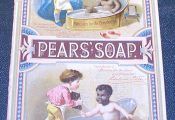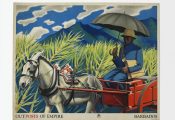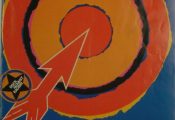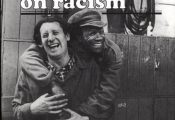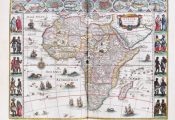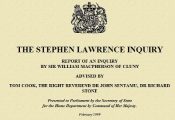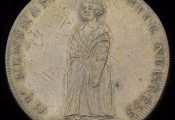The concept of apartheid (‘separateness’ in Afrikaans) was developed in the 1930s as a rallying cry of the National Party. Later known as ‘separate development’, it became a central tool of White minority rule in South Africa after the 1948 electoral victory of the Afrikaner Nationalists, and was actively enforced by successive White minority governments in the Republic of South Africa until 1994.
Under apartheid, the 75% of the population who were Black Africans were to be separated from the White and (people of mixed black, Malayan, White, Indian and/or East Asian backgrounds) as well as from each other in terms of their ethnic groups.
Forcible relocation
White South Africans were granted rights over 86% of the country. Black, Asian and people of colour populations were forced to relocate either outside city limits or, for Black Africans, to one of the ten Bantustans (homelands) allotted to the major African ethnic groups.
The state-created homelands had no natural resources, industry or workable farmland. They were the only areas where Black political rights were recognised by the state. Outside of them, Black people could neither vote nor own land, regardless of how long they or their ancestors had inhabited a given area.
Between 1950 and 1986, more than 1.5 million Africans of colour were forcibly relocated from urban centres, major mineral areas and the most fertile farmland either to Bantustans or to the growing townships outside the large cities.
Draconian penalties
The movement of Black African labour and patterns of Black African settlement were regulated by labour permits, curfews and travel permits. Outside the Bantustans, they were liable to be arrested if they could not produce the correct documentation.
The Public Safety Act and the Criminal Law Amendment Act of 1953 enabled the government to declare states of emergency and introduced draconian penalties (including fines, imprisonment and whippings) for demonstrating against the state in any form. In 1960, 69 people were killed and 187 wounded after large numbers of Black workers refused to carry their passes in Sharpeville, a further 600 were killed during a later uprising in 1976.
South Africa was forced to withdraw from the British Commonwealth in 1961 by member states critical of the apartheid system. In the same year, the Dutch Reformed Church accepted expulsion from the World Council of Churches rather than abandon apartheid.
The anti-apartheid movement
Despite the risk of severe government reprisals, Black political groups mounted strikes, demonstrations and sabotage. An armed struggle was launched that drew on the political, economic and military resources of the independent countries of sub-Saharan Africa.
In 1962, Nelson Mandela, an anti-aparteid activist, joined theAfrican National Congress (ANC) and later became the president of the ANC Youth League. Later that year, he was arrested and convicted of sabotage and other charges. After a succession of charges and imprisonment, Mandela was convicted of high treason and sentenced to life in prison on Robben Island. He served his sentence there for 18 years before being transferred to Pollsmoor Prison on the mainland in 1982.
International sanctions eventually forced the South African government to lift limits on African wages and grant Africans the right to strike and organise their labour to a greater degree. Under sanctions, foreign investment was cut considerably, which encouraged trade unions, student groups and churches to continue organising protests throughout the 1970s and 1980s.
By the 1990s, a number of apartheid laws – such as those banning interracial marriage and segregating facilities – had been repealed or had fallen into disuse. In 1991, President F W de Klerk began to dismantle the apartheid system and called for the drafting of a new constitution. Two years later, a multi-racial, multi-party transitional government was approved, and fully free elections were held for the first time. Formerly banned Black congresses were legalised and a number of imprisoned Black leaders were released.
In 1980, international pressures mounted on South Africa’s government and 1990, President FW de Klerk lifted the ban on the ANC, and Mr Mandela was released from prison. Thus began talks on forming a new multi-racial democracy for South Africa.
In 1994, after serving 27 years as a political prisoner, Nelson Mandela was elected as its first Black African president.
